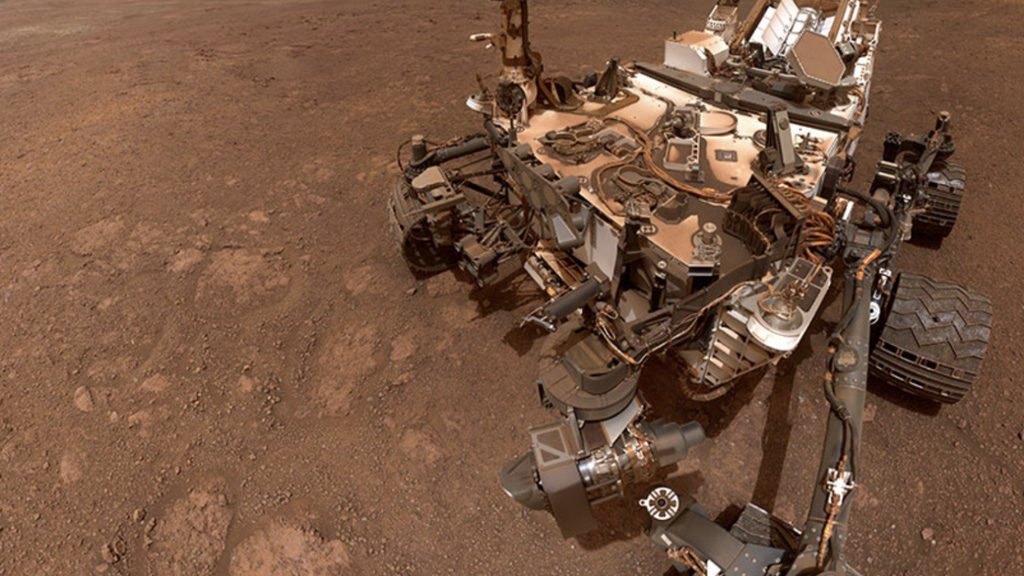While analyzing samples taken from the Highfield drill hole on Vera Rubin Ridge in Gale Crater, researchers found what they have deemed an “intriguing” carbon signature.
House, lead author of the new paper in the Proceedings of the National Academy of Sciences, explains: The amounts of carbon 12 and carbon 13 in our solar system are the amounts that existed at the formation of the solar system.
Finally, the sample is analyzed spectrographically, and the spectra tell us what was actually in the sample, including the relative proportions of different isotopes.
Yes, on Earth, we see a depletion of carbon 13 due to the breakdown of biogenic methane, whose composition is CH4 — one carbon to four hydrogen.
I want to back up just a moment and explain just how a cosmic dust cloud could be involved because it’s an interesting point in the press release that is getting overlooked in the media.
And while Mars has definitely had active volcanoes in the past, and may even have underground magma chambers currently, it’s also possible that any past methane may have an abiogenic source, since Mars is not Earth, and the two planets are very different.
We need to take more samples and keep looking around Gale Crater, and we definitely need Percy to keep looking over in Jezero crater as well.
